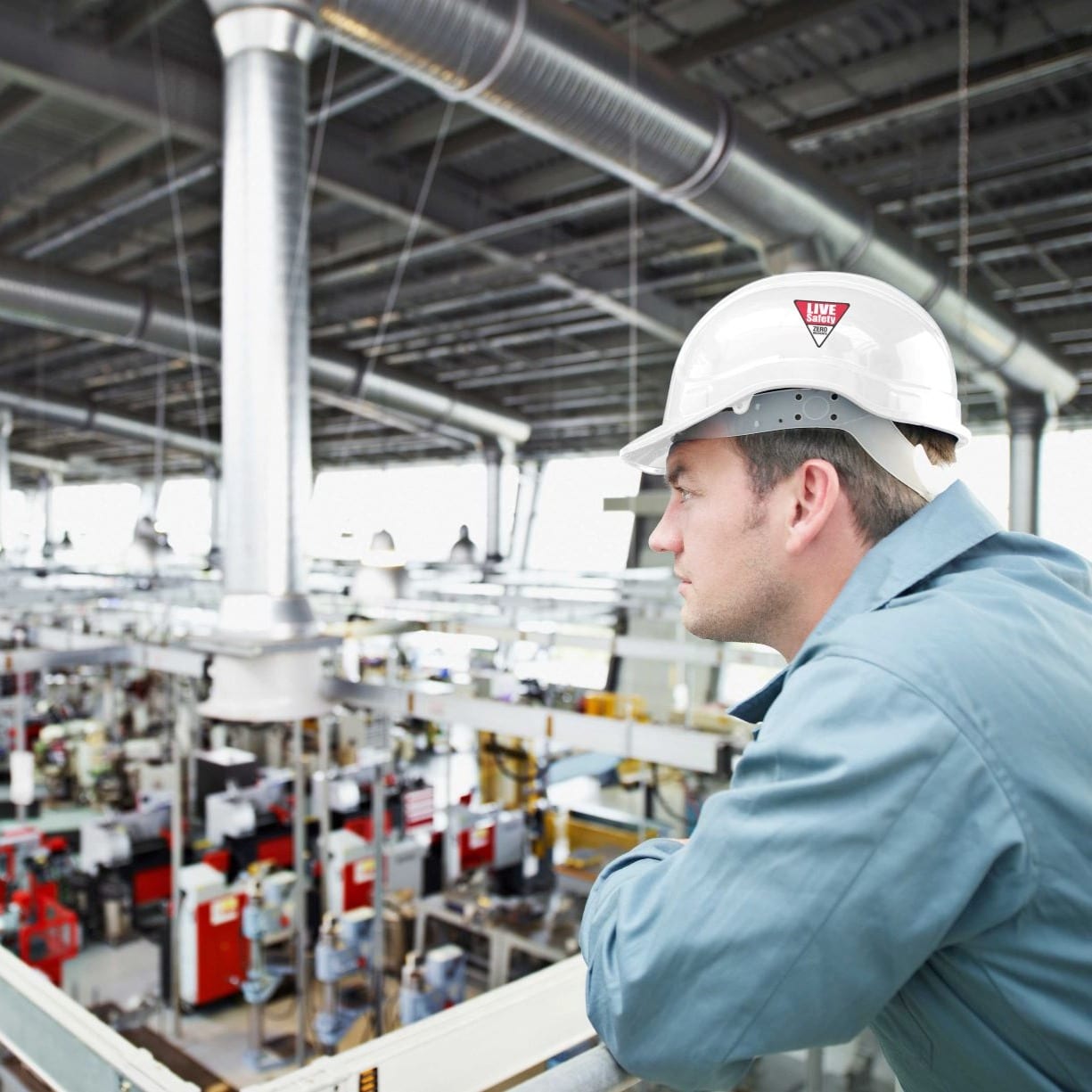Total productive maintenance yields downtime and efficiency benefits for manufacturers through the implementation of goals and processes in pursuit of optimal production. When you move forward with total productive maintenance implementation, machinery is expected to run without unplanned downtime, at peak rated speed and efficiency, with a 100% output acceptance rate and without accidents. Clearly, these are very lofty goals. But by striving for perfection, TPM manufacturing is an ideal way to reduce downtime and improve your productivity. But how, and why? Total productive maintenance achieves these seemingly impossible goals by incorporating employees more deeply into maintenance processes. This gives all employees — not just maintenance personnel — accountability and ownership for the optimal operation of machinery. These process and responsibility changes are expressed in the pillars of TPM.
The TPM pillars
Total productive maintenance implementation is carried out by incorporating the 8 pillars of TPM.
These are:
- Operator maintenance — Equipment operators become responsible for routine scheduled maintenance operations such as cleaning, status checks, lubrication, basic component and part replacement, and problem identification. This step moves maintenance operations to the employees who know machines best. In addition, operators will feel an increased sense of agency and ownership, providing indirect performance improvements.
- Continuous improvement for machines and processes — This component of TPM implementation focuses on addressing any problem that occurs in a process and then providing potential solutions to solve or improve it. By starting with the assumption that every issue is an area of potential improvement, this step works toward the goal of optimal production.
- Preventive maintenance commitment — Every employee, from operators to managers, commits to developing and adhering to a preventive maintenance schedule and practice that meets or exceeds that recommended by the OEM. Tasks are shared across the organization to ensure that the schedule is met.
- Early input on new equipment — In its ideal form, this TPM pillar takes feedback from machine operators and others closest to the equipment and incorporates it into machinery design, including ergonomic factors and ease of maintenance and access. Alternatively, this pillar can be implemented by including equipment operators in purchasing decisions, so that they can help select machinery that will work best for them and the specific requirements of the process and business.
- Focus on quality assurance and maintenance — This pillar brings quality to the forefront in several ways, including manufacturability design (to minimize part defects before they happen), root cause analysis (to address underlying causes instead of symptoms, improving the long-term quality of output) and a commitment to rigorous QA practices. As with the other pillars, every member of the organization is responsible for facilitating, enabling and adhering to these practices.
- Admin and support services — Support services such as procurement, inventory and scheduling are as important to TPM as production and maintenance. With this pillar, principles such as continuous improvement and self-ownership are applied to administrative functions, ensuring that the entire organization is operating at peak efficiency.
- Ongoing education — A commitment to TPM often involves training and retraining in numerous areas — machinery operation, maintenance best practices, quality standards, safety training and more. These steps are just the beginning. In order to ensure an ongoing commitment to TPM, training and education should occur on a regular basis.
- Safety — Zero incidents is a key tenet of TPM because no facility can operate at maximum capacity if safety issues occur. Protecting the safety of personnel is at the forefront, but from a business standpoint, accidents lead to downtime, repairs, investigation and other core and supporting process issues that run counter to TPM. Without a focus on 100% safety, no TPM program will be truly successful.
As a pioneer in managed factory maintenance, ATS has a deep understanding of the pillars of TPM. Our services help facilitate each step, including training and education, ownership over maintenance practices, and assistance in MRO asset management and other support functions. If you’d like to discuss how we can help you implement total productive maintenance at your facility, contact us today.


